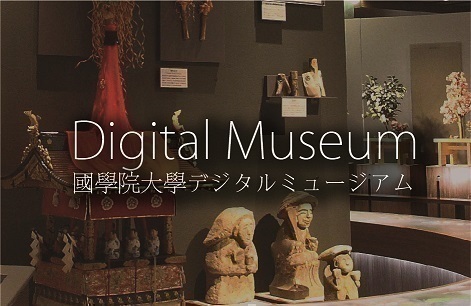- トップ
- Encyclopedia of Shinto
- Urabe Kanekata
Encyclopedia of Shinto
| Main Menu: | |
| Links: |
詳細表示 (Complete Article)
| カテゴリー1: | 8. Schools, Groups, and Personalities |
|---|---|
| カテゴリー2: | Personalities |
| Title | Urabe Kanekata |
| Text | (n.d.) Scholar of the mid-Kamakura era. Also known as Kaiken. Son of Kanafumi, of the Hirano branch of the Urabe clan, who held the office of jingi taifu in the Department of Divinities (Jingikan). Originally, the Urabe clan had charge of the practice of plastromancy, (kiboku), a form of divination using tortoise shells. However, from the end of the Heian era, Urabe clan members after Urabe Kanenobu held the hereditary post of jingi taifu and established a family tradition of studying ancient practices and classics. The Urabe clan was divided into the Yoshida and Hirano branch families. In the Hirano branch of the clan, the transcription of classics such as Nihon shoki and its related texts had been advanced since the time of Kantekata's grandfather Kaneyori and his father Kanefumi, and this frequently involved the practice of kanshin, the study of precedents and the exegesis of classical works. Urabe Kanefumi lectured particularly on the Nihon shoki in the years 1274 and 1275. Based on the work of his father and grandfather, Kanekata transcribed the Nihon shoki and Kujihongi, and also compiled an annotated version of the former in his Shaku nihongi. This work, a compilation of the Nihon shoki research of the Heian and Kamakura eras, contains references to a variety of Japanese and Chinese sources, and portrays the depth of learning of Urabe Kanekata and the Hirano branch. The Hirano subsequently became known as the "House of the Nihongi" (as recorded in the 26th volume of the Taiheiki). The legendary tradition that Shinto priests of the Hirano family transmitted the Nihon shoki to the famed Buddhist priests Kūkai (774-835) and Saichō (767-822) (as recorded in Ryōhen's Jindaikan shikenbun), also probably originates from the time of Kanekata (together with his father and grandfather). —Itō Satoshi |




